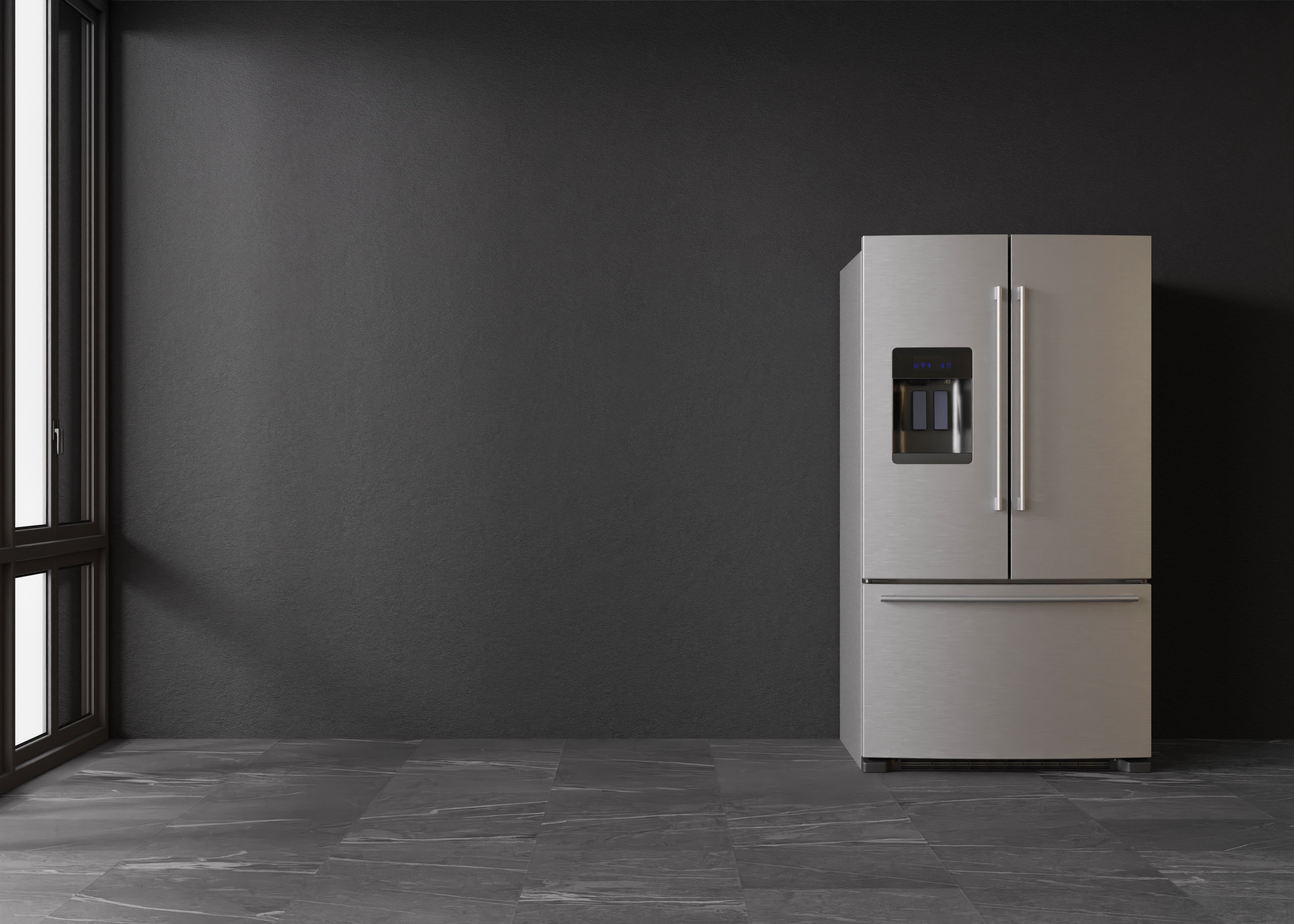12 Facts About Fridge UK To Bring You Up To Speed The Cooler. Cooler

The Comprehensive Guide to Refrigerators in the UK
Fridges are an essential appliance in every household, serving a crucial function in food conservation and security. The UK market uses a diverse series of fridge types, sizes, functions, and brand names. This short article aims to provide an extensive understanding of fridges available in the UK, including their features, energy effectiveness, and factors to consider when buying.
Types of Refrigerators Available in the UK
When trying to find a refrigerator, it is crucial to comprehend the various types offered. sherisegianopulos.top features its own set of features and functions, accommodating various requirements and choices. The most common kinds of refrigerators found in the UK consist of:
1. Top Freezer Refrigerators
- Description: The standard design, including the freezer compartment on top.
- Pros: More budget friendly, spacious, simple access to fresh food.
- Cons: Limited freezer space, the top may be less practical for bulk items.
2. Bottom Freezer Refrigerators
- Description: Freezer is situated at the bottom, enabling easier access to fresh food.
- Pros: Greater benefit, much better presence of fresh items.
- Cons: Usually more pricey, some might fight with big frozen products.
3. Side-by-Side Refrigerators
- Description: Features 2 vertical compartments, one for the fridge and one for the freezer.
- Pros: Ample storage space, easy to access both frozen and fresh foods.
- Cons: Wider footprint, they might not fit in smaller kitchens.
4. French Door Refrigerators
- Description: Combines features of bottom freezers and side-by-sides, with 2 doors for the fridge on top.
- Pros: Stylish style, large, and typically consists of advanced features.
- Cons: Higher rate point, aligns poorly with smaller cooking area layouts.
5. Compact Refrigerators
- Description: Smaller models developed for restricted areas.
- Pros: Ideal for studio apartments or workplaces, energy-efficient.
- Cons: Limited storage capability, might lack functions.
6. Integrated Refrigerators
- Description: Designed to blend seamlessly with cooking area cabinets.
- Pros: Custom fit, visual appeal, increases home worth.
- Cons: Higher cost, may provide less versatility in placement.
7. Smart Refrigerators
- Description: Equipped with Wi-Fi and smart technology features.
- Pros: Advanced includes like touch screens and internal electronic cameras.
- Cons: Expensive, more complex to repair.
| Refrigerator Type | Availability | Average Price Range | Energy Efficiency |
|---|---|---|---|
| Top Freezer | Moderate | ₤ 300 - ₤ 600 | Average |
| Bottom Freezer | High | ₤ 400 - ₤ 800 | Above Average |
| Side-by-Side | Easy | ₤ 800 - ₤ 1500 | Differs |
| French Door | High | ₤ 800 - ₤ 2000 | High |
| Compact | Minimal | ₤ 200 - ₤ 500 | Average |
| Integrated | Customized | ₤ 1000 - ₤ 2500 | High |
| Smart | Variable | ₤ 1200+ | High |
Secret Features to Consider
- Energy Efficiency: Look for designs that are energy-efficient. In the UK, devices are rated from A (most efficient) to G (least effective). An A+ rating and above can lead to substantial energy savings.
- Capacity: Choose a fridge with adequate capability for your household. A standard guideline is 100-200 liters per person.
- Sound Level: Consider designs that run silently, particularly if the kitchen area is near living spaces.
- Cooling Technology: Features like frost-free innovation are worth the investment, as they minimize maintenance.
- Adjustable Shelves: Having adjustable racks boosts the versatility to save larger products.
- Temperature level Control: Check for user friendly temperature level controls and zones for different kinds of food.
- Style: Choose the design and color that matches your kitchen area aesthetic, whether you prefer a contemporary stainless-steel look or a timeless retro finish.
Buying Tips
- Identify Your Needs: Consider your cooking habits, household size, and kitchen space.
- Set a Budget: Refrigerators been available in different rate ranges. Develop a budget before you begin going shopping.
- Research Energy Ratings: Invest in energy-efficient designs to conserve on utility bills.
- Check out Reviews: User experiences can supply insights into dependability and performance.
- Compare Brands: Some brands are understood for their sturdiness while others may use more innovative features.
Often Asked Questions (FAQs)
1. For how long do refrigerators normally last?
- Fridges usually last between 10 to 20 years, depending on the brand name and how well they are kept.
2. Exist any maintenance ideas for lengthening the life of a refrigerator?
- Regularly tidy the coils, check the door seals, and occasionally defrost if required to maintain optimal performance.
3. What is the very best size refrigerator for a household of 4?
- For a family of 4, a refrigerator with a capability of around 400-600 liters is typically sufficient.
4. Do I need to stress about energy consumption when buying a refrigerator?
- Yes, energy intake is essential. Try to find systems with high energy performance scores to minimize monthly expenses.
5. Should I select a fridge with a water and ice dispenser?
- This feature can be practical, especially for families. However, it may need more maintenance than standard models.
Acquiring a refrigerator is a significant decision for any home in the UK. With various types readily available, each with its special features and benefits, it is important to assess individual requirements before deciding. By considering aspects such as energy efficiency, capability, and style looks, consumers can pick a fridge that lines up well with their lifestyle, ultimately enhancing their cooking area experience while safeguarding food quality and freshness.

